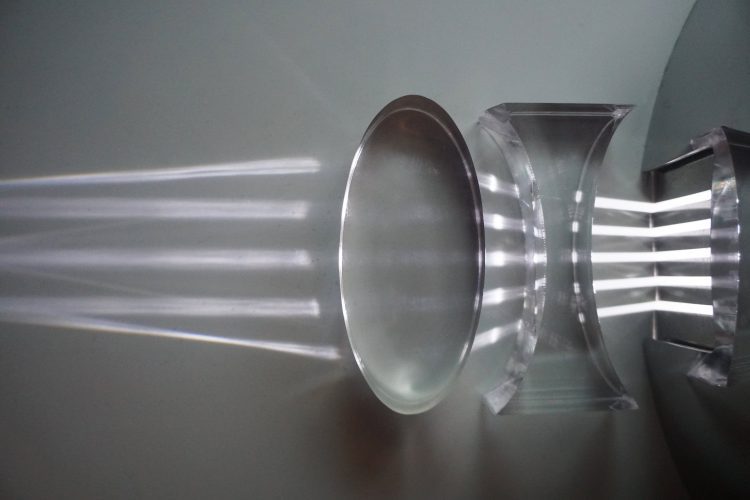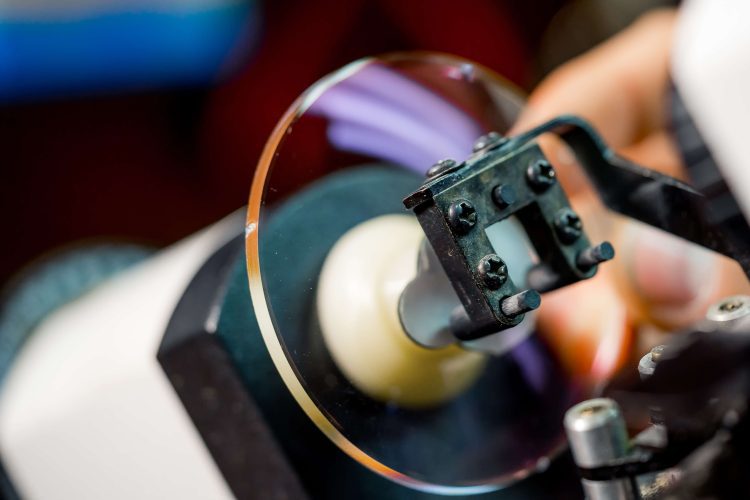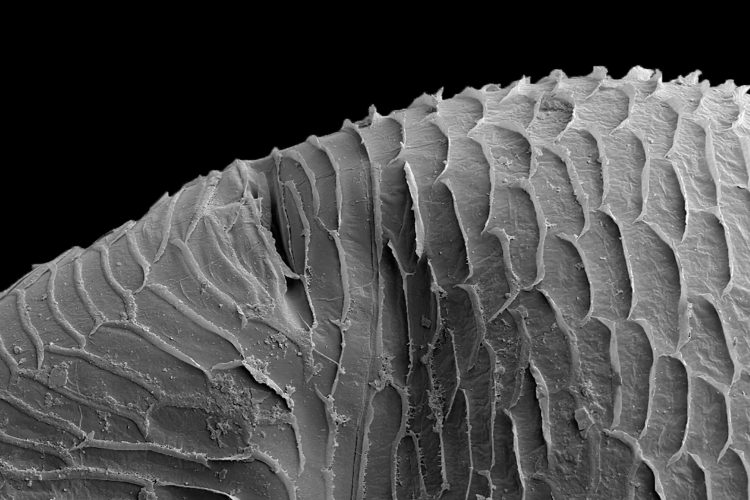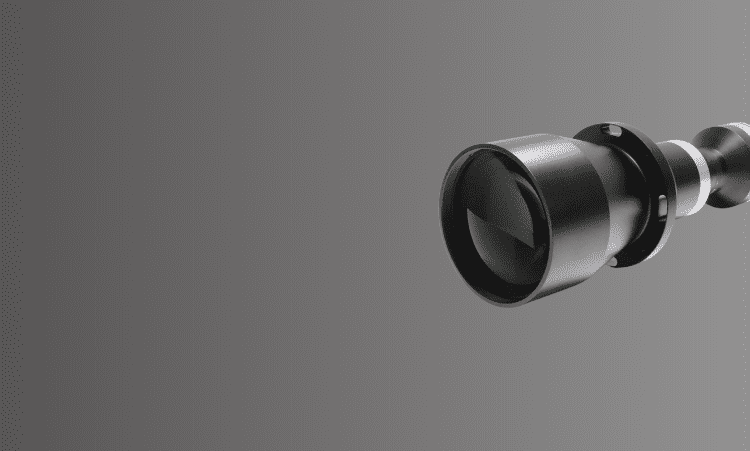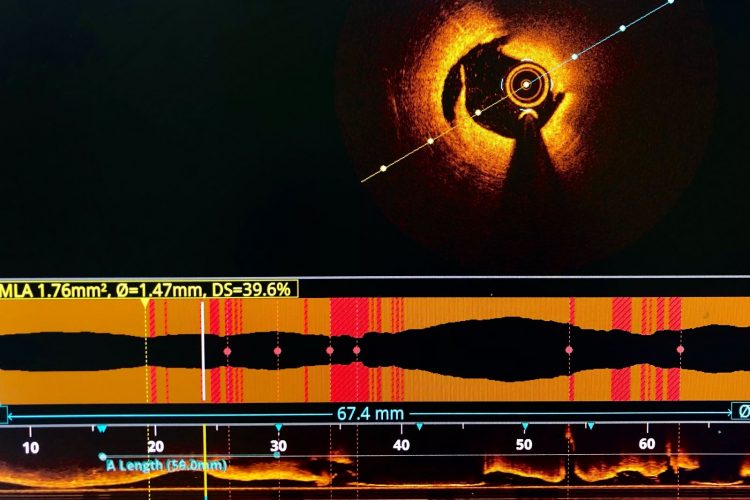Illuminating Samples Fluorescence microscopy is a powerful imaging technique widely used in various fields, especially in biomedical research, to visualize and study fluorescently labeled samples at the microscopic level. It relies on the phenomenon of fluorescence, where certain materials absorb light at a specific wavelength (excitation light) and then emit light at a longer wavelength […]



